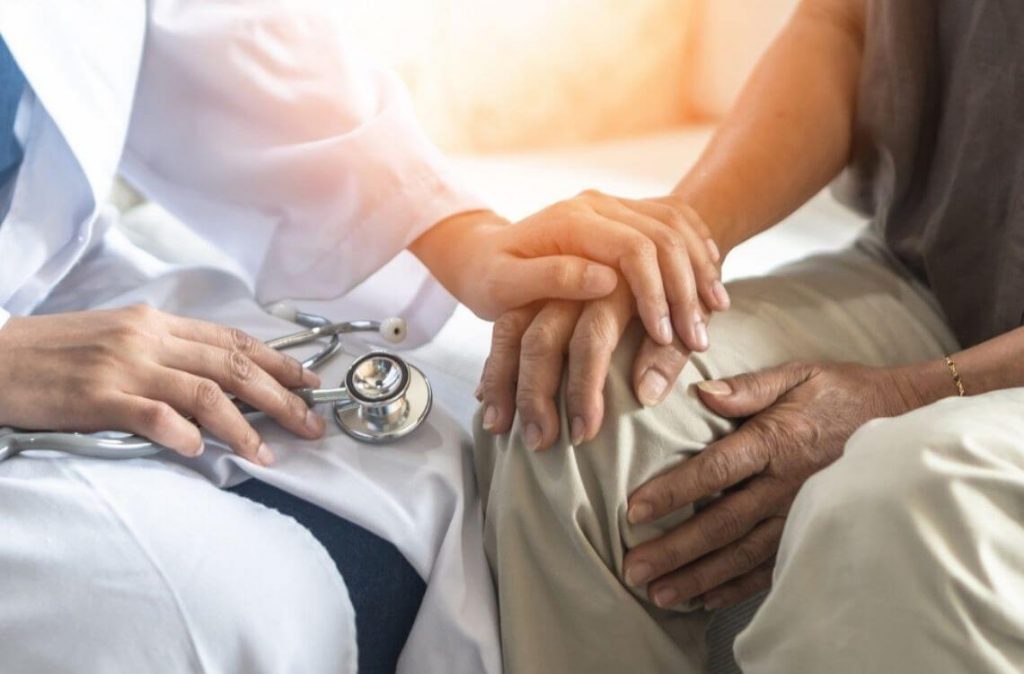Most people have heard about Parkinson’s disease, but they know relatively little about it aside from mobility and tremor problems that patients face.
In conjunction with Parkinson’s Awareness Week, here is a list of interesting facts about Parkinson’s disease that you should know!
What Is Parkinson’s Disease?
According to Parkinson’s Foundation:
Parkinson’s disease (PD) is a neurodegenerative disorder that affects predominantly dopamine-producing (“dopaminergic”) neurons in a specific area of the brain called substantia nigra.
Symptoms generally develop slowly over years. The progression of symptoms is often a bit different from one person to another due to the diversity of the disease. People with PD may experience:
- Tremor, mainly at rest and described as pill rolling tremor in hands. Other forms of tremor are possible
- Bradykinesia
- Limb rigidity
- Gait and balance problems
What Is The Main Cause Of Parkinson’s Disease?
Well, the cause is also unknown. While there is no cure, there are a variety of medical options available, including prescriptions and surgery.
Though PD is not fatal in and of itself, it can cause severe complications!
For your information, before a person can be diagnosed with PD, there are some certain symptoms that they experience.
According to experts, there are five main stages or symptoms that we can detect from this disease.
5 Main Stages of Parkinson Diseases That Can Be Detectable!
Stage One
Mild signs occur in most people, although it does not interfere with everyday lives. Technically, just one hand of the body exhibits tremors and other movement signs.
Some people also notice changes in posture, facial expression, and way of walking.
Stage Two
Involves both sides of the body, signs such as tremor, rigidity, and other movement symptoms worsen.
At this stage, the person will still live comfortably, but everyday activities are more complex and time-consuming.
Stage Three
This is referred to as the mid-stage. Sadly, individuals lose their balance and their motions become slower. Although these effects do not prevent one from becoming completely autonomous, they do make things like dressing and eating more difficult.
By stage three, falls are even more frequent!
Stage Four
At this stage, the signs and symptoms are extreme and restricting. Individuals may be able to rise without assistance, but they would almost certainly use a walker to get about.
Step four patients need assistance with everyday operations and are unable to function alone anymore.
Stage Five
At this point, leg stiffness will make it difficult to stand or walk.
The person is confined to a wheelchair or is bedridden. Also, both operations necessitate round-the-clock nursing treatment.
Sadly, the person may have hallucinations and delusions around this stage.
7 Important Facts to Know About Parkinson’s Disease!
1) Over 60,000 people are diagnosed with this disease, every year.
Do you know that Parkinson’s disease is difficult to diagnose?
Also, the cause of the disease is uncertain. There is no single test, and diagnosis is often based on a specialist’s knowledge of clinical data, personal medical records, and a neurological examination.
2) One in 100 people over age 60 have Parkinson’s disease.
Parkinson’s disease is more common as people get older, particularly after the age of 60. However, about 4% of patients with Parkinson’s disease are diagnosed by the age of 50.
The early stage, middle onset, and late onset group may see major variations in signs and disease development.
3) Men are one and a half times more likely to have Parkinson’s disease than women.
Some scientists believe the male gender is a risk factor, but it’s also possible that risk factors such as increased exposure to dangerous substances or higher rates of brain injuries make men more vulnerable!
4) Loss of smell can be an early sign of Parkinson’s disease.
Other early symptoms of Parkinson’s disease include smaller, more crowded handwriting, a quieter or lower voice, and masking, or restricted facial expression.
5) Parkinson’s disease also has non-motor symptoms like difficulty sleeping.
Although the most well-known symptoms are attributed to motor abilities, muscle rigidity, tremors, and trembling, patients with Parkinson’s disease may also experience a variety of non-motor symptoms.
Other than that, they have sleep problems, constipation, urinary issues, mood changes, depression, anxiety, and cognitive issues such as memory loss or slowed processing.
6) Exercise is important for managing Parkinson’s disease.
According to research, people with Parkinson’s disease who exercised for at least two and a half hours per week had a slower decline in quality of life.
Regular activity helps in the maintenance of balance, mobility, and the capacity to perform daily tasks.
For your knowledge, the best workouts are those that emphasise endurance and stretching.
7) Self-care is just as important as it has always been.
Many individuals with Parkinson’s disease report that when they are depressed, their symptoms intensify and that the onset of such symptoms, such as tremors, coincides with traumatic activities.
For those coping with the disease at every time, self-care and good mental wellbeing behaviours are especially important.
Just Because It’s Not Happening To You Now, Does Not Mean It Won’t Happen!
Some people would say, “I’m too young so why should I care about this?”
Well, that’s true but not many people know the symptoms and it might be too late at the time.
So, that’s why we need an awareness day or month especially on things that we haven’t discovered yet!
It’s always important to spread and celebrate this special day and week in order to give support to everybody that is living and coping with Parkinson’s disease.
Source: Parkinson’s Foundation
